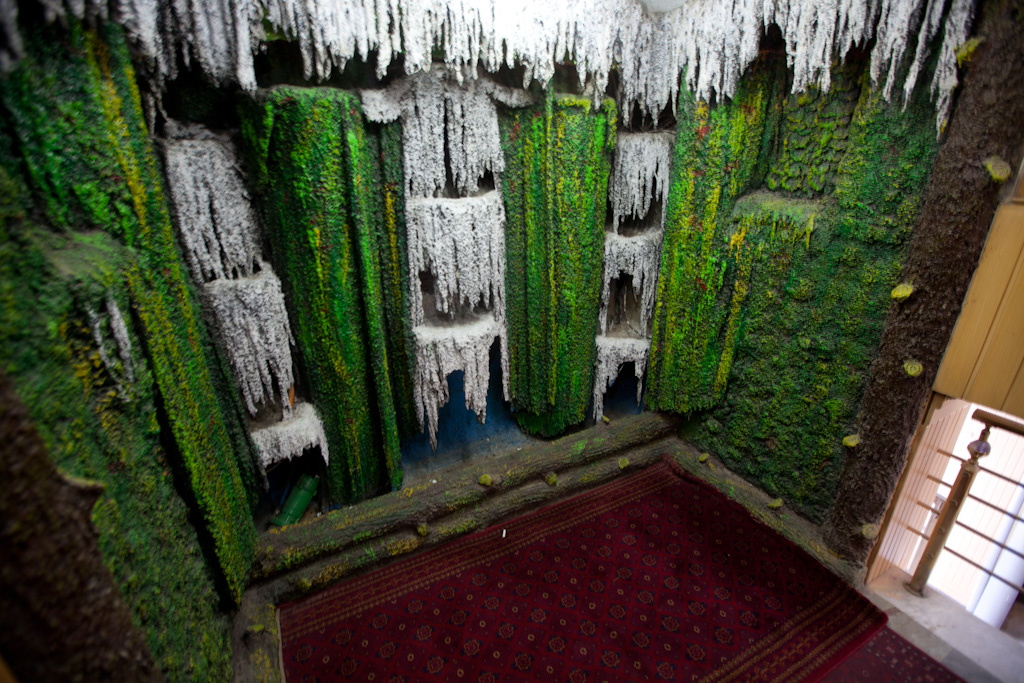Context to this post here.
On Friday I was invited into Google Labs New York and given the opportunity to try out Glass.
I declined.
Here’s why.
There are many people who are exploring what Glass could be, evaluating and providing feedback to Google, exposing and conditioning their networks to the idea of Glass as a viable part of the technology landscape. The selection criteria for being a Glass explorer/evaluator/shill* has been as carefully thought out as any part of the bring-Glass-to-market process. Many early adopters are willing to pay to get their hands on Glass. Others will be paid (in kind or in cash) for providing feedback and related services to the Glass team – and I’ll be interested to know how many of those will reveal their consultant relationship when they talk about Glass publicly. While targeting trend and thought leaders and early adopters is not novel few projects or companies have such deep pockets to do so as comprehensively, with such a disruptive product.
In most situations I’d jump at the chance. The drive to experience new things is in my DNA: from experimenting with and understanding the impact of new technologies around the globe to deliver rich insights to how things will play out. Clients want to understand everything about the user experience from how consumers discover a service, first impressions out of the box, what will drive consistent use or more likely how it will end up at the back of a drawer gathering dust. It pays (well) to have a natural curiosity about this space and I enjoy being surrounded by many colleagues that like to sketch with code and bits – the drill that knows how deep it goes, or a tape measure that can remember everything it measures are two wonderfully understated and subversive examples of explorations that our Munich studio shared this week.
You’ll find no shortage of people willing to write about their hands-on experience of using Glass and I’m not convinced at this point I have too much to add to the conversation around the Glass experience. I do however have something to add to the impacted-by-glass-experience for people who feel caught in Google’s proxy: the Little Sister data dragnet.
This isn’t a public declaration of never wanting to wear Glass or a philosophical stance against Google or that form factor. I can think of three Glass use-cases that I consider utterly compelling to drive adoption, but for which the social disruption would be significant. Instead it’s an appreciation that when it comes to privacy and un/acceptable behaviour in our public spaces there are stakeholders that go well beyond the community that will read this, with whom for now I prefer to maintain my affinity with.
Stepping out of the Labs meeting and onto the warm friday-night New York street my colleague Robert Fabricant asked the following question: If you could dicate the exact moment of your first perfect Glass experience what would it be?
For me it will be that split-second between a bullet exploding out of a barrel and the moment it penetrates my skull: a lifetime of meaningful experiences flashing before my eye. That techno-utopian assumption of a life exquisitely recapped is of course wishful thinking and as inevitable as the Glass form factor itself. I suspect a far more realistic scenario is that the last thing I would hear is the sound of the gun-shot, and the last thing I would see is an interstitial advert for earplugs.
Go figure.
Thanks to Matt for the invite and the Lab folks for hosting.
Note to Google Comms: none of the conversations with your colleagues made it into this post.
frog recently completed a project for Visa in Rwanda that included a short film on the opportunities for financial inclusion, in which I appear. I’ll write about the experience in due course. The line between evaluator, proponent and shill is a nuanced one dependent on where you stand.
And the photo? The augmented reality of a Herat wedding banquent hall hallway. Like many of the internet services we use today, the bride and groom get to use the banquet hall for “free” but then pay a per-head fee for each of the ~500 to ~1,000+ guests that attend. A family will take on a significant debt for the wedding.
